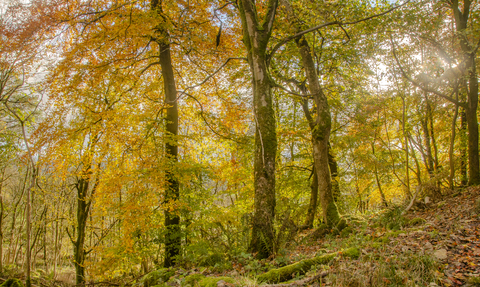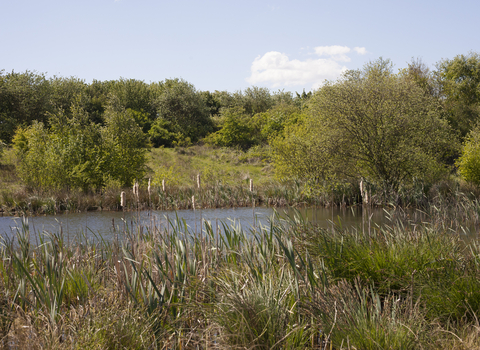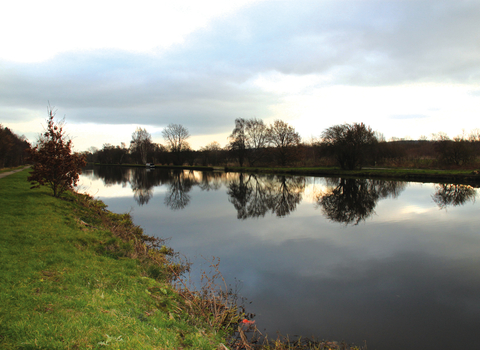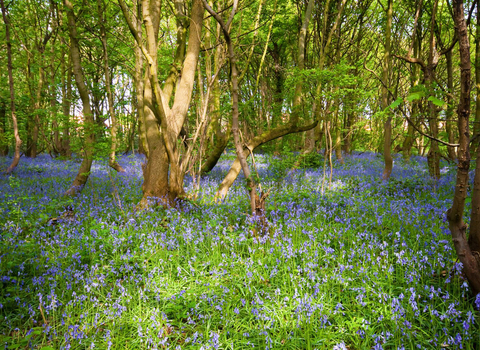

WildNet - Amy Lewis


Cinnabar moth caterpillar © Derek Parker
Rothwell Pastures Nature Reserve
Location
Know before you go
Dogs
Please respect the resident wildlife and keep dogs on a short lead.
When to visit
Opening times
Open at all times. We recommend a half day trip for this reserve, and close to other reserves in the Lower Aire Valley if you fancy making a day of it.Best time to visit
March to SeptemberAbout the reserve
Woodland isn’t new to Rothwell Pastures. The land was granted to Ilbert de Lacy by William the Conqueror in 1069, when a vast woodland covered the district. This then became a hunting park, where wild boar and deer were hunted until 1339. The land was also the site of grand mansions, but all that remains of those is a stack of stones, known locally as Rothwell Castle. With a history of royal visitors including King John and Edward II, Rothwell Pastures now welcomes visitors of a different kind. You might still be lucky enough to see the odd king – a kingfisher, that is –on one of the ponds or becks, where you may also glimpse a rare water vole, along with frogs, toads, mallards and moorhens.
The disused railway connects a variety of smaller habitats, providing an important corridor for wildlife. Butterflies including common blues, speckled woods and meadow browns, and the day-flying cinnabar moth, are attracted to wildflowers in the large meadow. The longer-standing woodland and scrub is already a good source of food and shelter for songbirds, and hawthorn, oak and ash trees produce nuts and berries that provide vital nourishment for bullfinches, goldfinches, greenfinches, yellowhammers and others. Around the edges, you might spot a kestrel hovering as it hunts for prey. The younger trees are part of Leeds City Council’s woodland creation scheme, which aims to plant 5.8 million trees over 25 years at sites around the area, helping Leeds to become carbon neutral.
Species
Contact us
Did you know?
The collective noun for a group of goldfinches is a 'charm' – seems appropriate for these charming little birds!

The autumn colours were even more beautiful when the sun came out
Photo Credit - Telling our Story Volunteer, Sara




